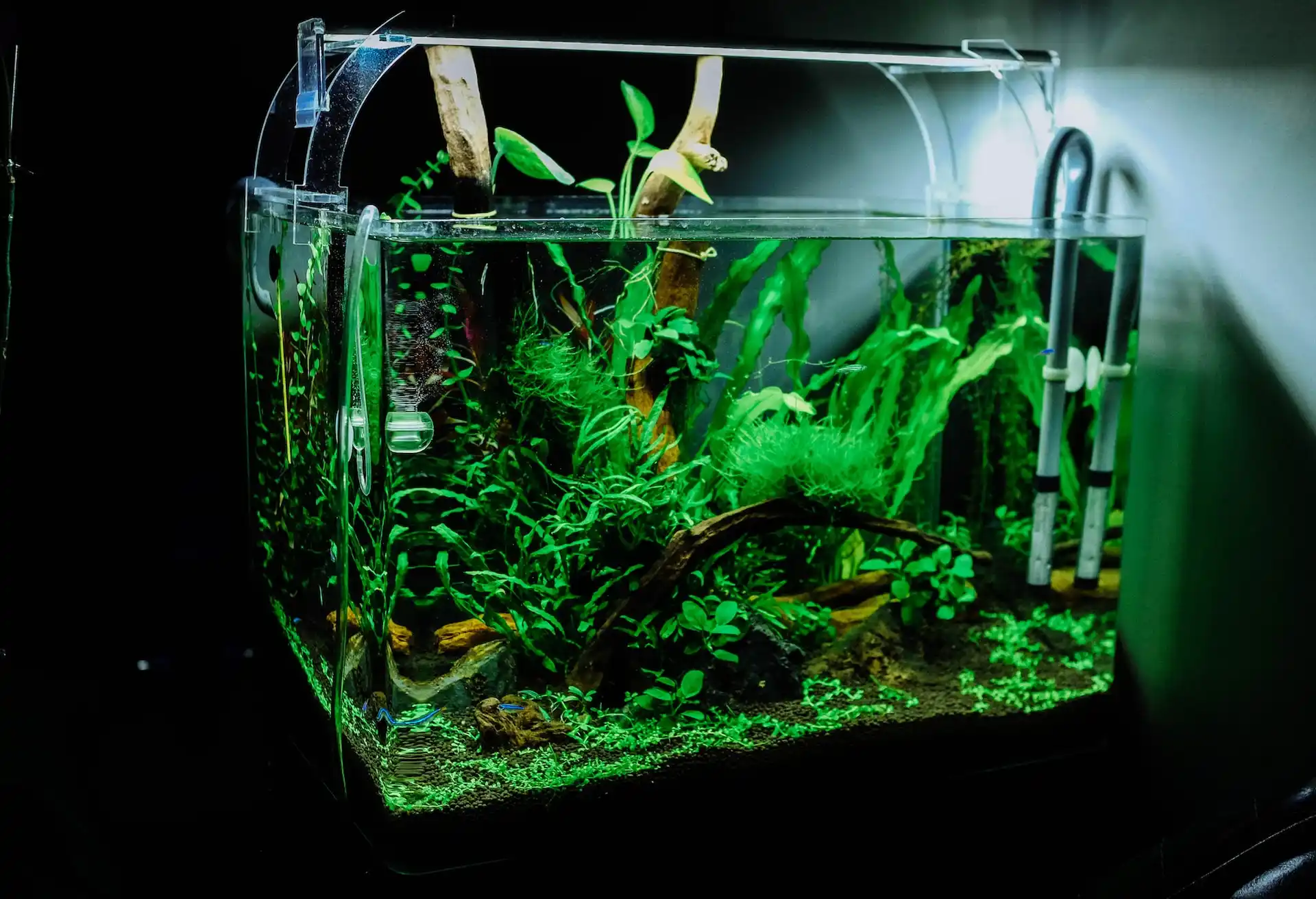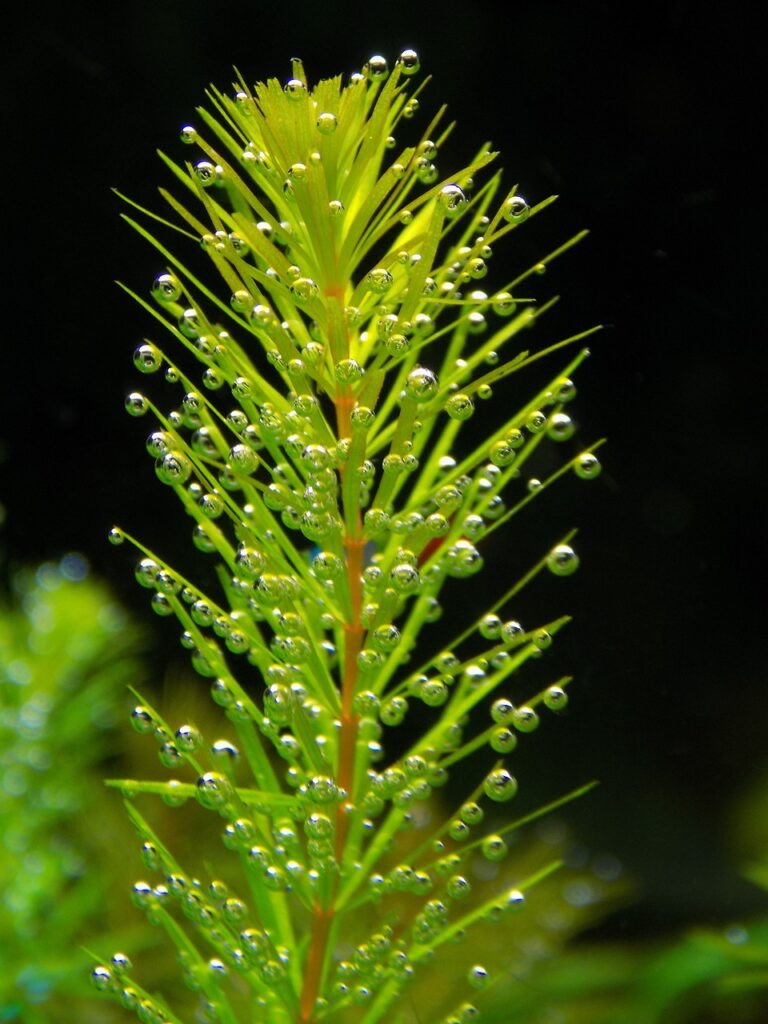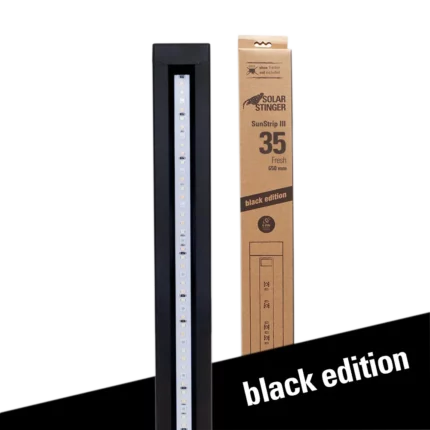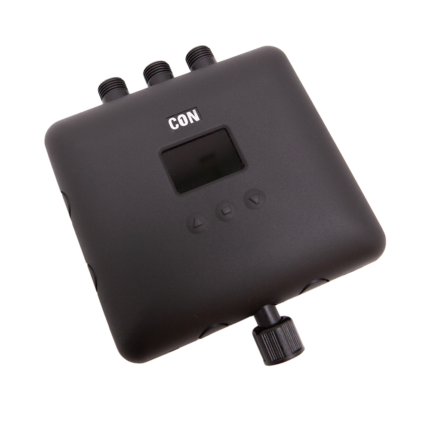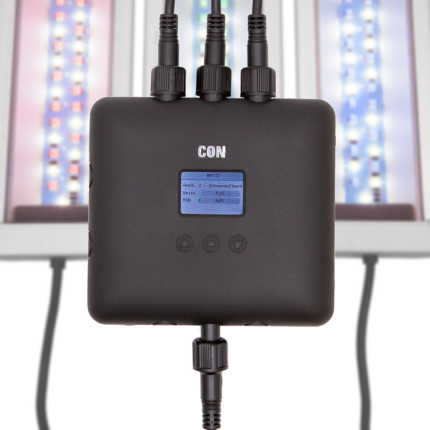Light, life, and passion are the foundations of aquascaping. This special type of aquarium hobby is about creating landscapes underwater. For example, you can find arrangements like mountain scenes with ravines and ‘hollow paths,’ or even ‘forests’ in aquascapes.
Since plants or plant landscapes are the focus of aquascaping, it is crucial to provide them with the right light spectrum to ensure they grow healthily and beautifully.
This article is about the importance of the right light spectrum in aquascaping – starting with the different types of light to the best methods for achieving perfect aquarium illumination for your plants, making them particularly attractive. Professional aquascape plant communities not only need light but also the addition of micro- and macro-nutrients, and often additional CO2 supply for optimal growth. However, this article focuses on the importance of the right light.
Introduction: Why is the right light spectrum so important in aquascaping?
You’ve created an aquascaping setup that looks impressive to all viewers. However, the plants in your aquarium aren’t staying as vibrant and green as they were in the beginning, and not as you had hoped…
Why is this the case? The answer lies in the lighting, specifically: the right light spectrum!
Light is an essential part of life, and every plant needs it to carry out its photosynthesis processes.
Photosynthesis is the process in which the plant builds the nutrients it needs to live and grow from water and energy. The energy it uses for this is light energy. Therefore, light is essentially the ‘basic nourishment’ for the plant, which is why it’s so incredibly important to provide your plants with the ‘right light.’ Just as animals become sick with the wrong diet, plants can also wither or even perish with the wrong light.
Therefore, your aquascaping can only reach its full beauty with adequate lighting. The right light spectrum makes all the difference. Light consists of different wavelengths, with each wavelength corresponding to a different color. What we perceive as ‘white’ light is actually composed of countless individual colors – a prism or the rainbow makes this wonderfully visible.
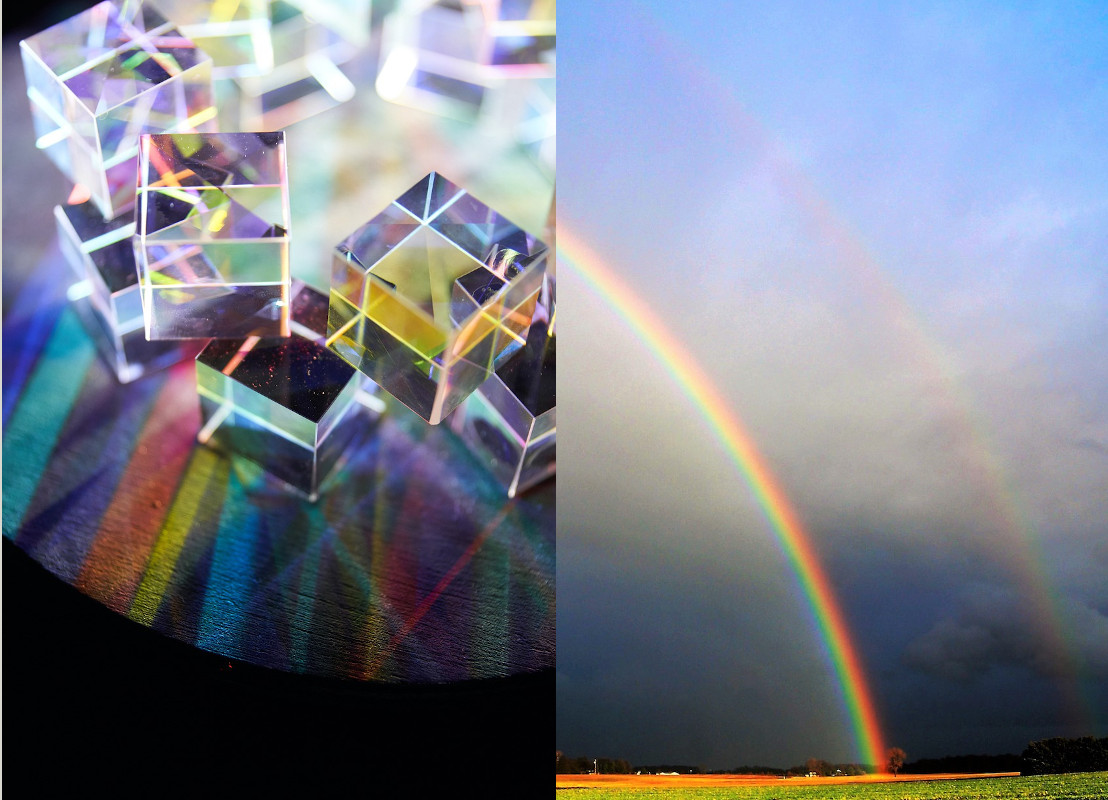
Plants cannot utilize the entire light spectrum equally well as ‘fuel’ for their photosynthesis; some areas are more suitable for photosynthesis than others. Therefore, the choice of light spectrum often makes the difference between an aquarium that appears vibrant and colorful and one that leads a dull, shadowy existence.
That’s why it’s important to understand which wavelength is best for your plants. With knowledge of the properties of different light colors and wavelengths, you can make an informed decision about which lighting option is best for your aquascaping setup.
Because each type of light has its own advantages and disadvantages – there is no perfect solution for every setup! The goal is to find the optimal ‘light supply’ for your specific plant population.
Which spectrum is best suited to strengthen your plants?
The following factors are important when choosing the right light spectrum for your aquascape:
- The optimal light spectrum for the growth and health of your plant selection,
- the color brilliance the aquarium lighting produces and
- the overall aesthetics of your aquarium.
Plants need photosynthesis, and photosynthesis requires specific light.
The most important factor when choosing the right light spectrum is dictated by the aforementioned photosynthesis: plants require specific wavelengths of light to carry out photosynthesis.
Photosynthesis is the process by which plants absorb carbon dioxide (CO2) from the air and convert it into sugar, using water, while also producing oxygen as a byproduct.
This synthesis of the nutrient sugar from the small CO2 and water molecules occurs in the green organelles of the leaves, known as chloroplasts. The green pigment chlorophyll is responsible for ‘capturing’ the light energy needed for the chemical process.
However, chlorophyll cannot capture light energy equally well from all wavelengths; some wavelengths are absorbed better, while others are absorbed less. The parts of the light spectrum that plants can use for photosynthesis are called the ‘PAR spectrum.’ PAR stands for Photosynthetically Active Radiation.
The PAR spectrum, or the wavelengths of light that can be optimally used for photosynthesis, lies in the blue and red areas of the light spectrum. The area in between is absorbed less effectively (though this portion of light is not entirely unnecessary for plants!). You can see this clearly in the following diagram, which overlays the amount of absorbed light in different wavelength ranges (green line) with the line showing the photosynthesis performance of the chloroplasts (red line):

However, although measurements show that lighting with both blue and red spectrum light results in nearly the same amount of photosynthesis: Both light areas do NOT have the same effect on plant growth!
Instead, the different wavelengths play various roles in plant growth: Blue light is particularly important for the growth of aquarium plants, as it increases their metabolic rate, allowing them to grow better/faster. Red light, on the other hand, promotes flowering and fruiting processes.
And what about the green part? The green light spectrum has less direct impact on photosynthesis because this light portion is poorly absorbed by the chloroplasts. However, because other light colors are absorbed (captured) very well, lower leaves receive less ‘blue’ and ‘red’ light but more light from the ‘green wavelength range’. The plant then uses this as ‘information’ about its own growth form. Thus, green light has a controlling influence on the growth pattern of plants. This mechanism is called ‘photomorphogenesis’.
With this knowledge of the different effects of the individual wavelength ranges in aquarium lighting, you can precisely control which functions of your plant community you want to promote more and which ones less.
Provided you can control the color values of your lighting individually, with this knowledge, you can precisely adjust which growth functions you want to promote more and which ones less!

Hint
When controlling the lighting, don’t rely too heavily on just one color of light. For example, if you stimulate only the elongation growth, this can lead to ‘etiolation’ of the plants. The shoots grow too quickly and too long, often losing their color intensity, becoming more susceptible, and looking weak. Also, algae tend to grow particularly fast under blue light, which is usually undesirable.
So far, we’ve discussed the relationship between photosynthesis and the light spectrum. However, there’s another important value to consider when it comes to aquarium lighting: the PAR value.
The Importance of the PAR Value in Aquascaping
SOLAR STINGER® SunStrip III 35 FRESH black edition
- Suitable DRV2 is required
incl. VAT
plus shipping
In addition to the correct light spectrum, which must fall within the “PAR spectrum,” the so-called “PAR value” also plays an important role in aquascaping. But what is that?
The PAR value roughly refers to the amount of light in the important PAR spectrum available for plants to absorb and use. After all, the best PAR spectrum light is of no use to plants in the aquarium if it doesn’t reach them. And as we know, light intensity decreases quickly in water.
Therefore, when choosing the best lighting for your aquascape aquarium, it’s important not only to ensure that the selected aquarium light emits light in the PAR spectrum, but it should also have a sufficiently high PAR value. Only then will the plants have enough light energy available to grow and thrive through photosynthesis.

Hint
The higher the PAR value of an aquarium lamp, the more light energy it emits in the PAR spectrum, which is crucial for plants. This is important to ensure that even plants at lower levels still receive enough photosynthetically usable light. When comparing aquarium lamps, be sure to pay attention to the PAR value of each model.
Color brilliance beyond the plants
So far, we’ve only focused on the plants in your aquascaping scenario. However, you probably have other inhabitants in your underwater world as well. A carefully controlled lighting spectrum benefits not only the plants but also the fish, crabs, and other creatures in the aquarium.
For example, there are special LED lamps that primarily emit light in the orange and red wavelengths — a spectrum that fish particularly appreciate! Additionally, some types of lamps are even capable of adjusting specific colors based on need and situation — allowing you to decide whether you want to illuminate your aquascape with a warm orange glow or a stunning blue light!
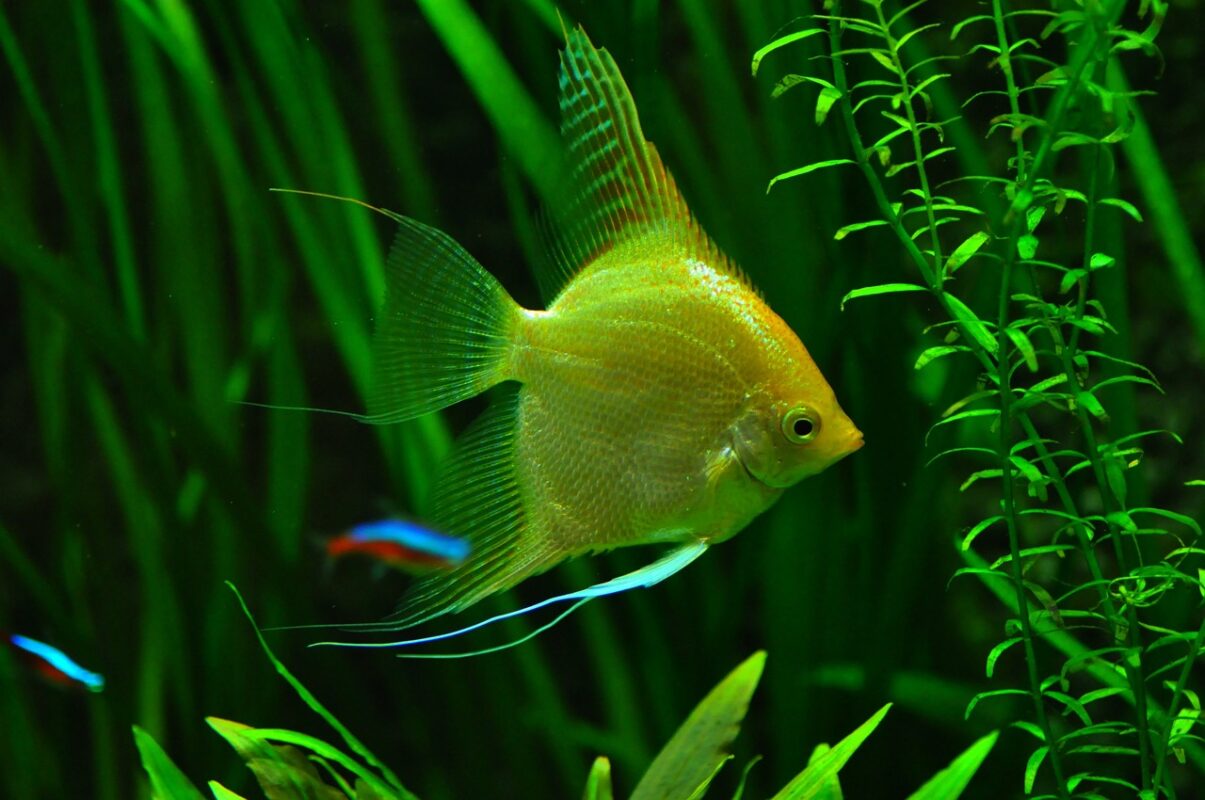
Und damit kommen wir zum letzten Punkte der Liste der zu bedenkenden FaktoreAnd with that, we come to the last point on the list of factors to consider:
Aesthetics is a matter of individuality.
Every aquarium is unique and reflects the individual aesthetic of its owner. This is especially true for aquascaping! Therefore, your personal aesthetic taste should also play a role in choosing and designing the lighting.
Do you want an aquascape with lots of green plants? Then you should opt for lighting with a higher proportion of blue light. Or do you love a warm atmosphere in your aqua-biotope? In that case, you can choose lighting with a higher proportion of red and yellow light. Alternatively, you can change the lighting mood throughout the day — with an aquarium lamp featuring individually controllable channels in combination with a powerful control unit, this is also no problem!
And finally: Also consider the intensity of the light. Too high of an intensity can cause your plants to burn or promote algae growth. On the other hand, too low of an intensity can inhibit the growth of your plants.
Conclusion: With the right choice of light spectrum and intensity, you’ll make your plants shine in your aquascaping (and not just your plants)!
Therefore, choose the light spectrum for your aquascape carefully. By considering the needs of your plants and selecting lighting with the right spectrum and intensity, you can ensure your plants thrive and your aquarium shines in all its glory!
Because the “optimal light” does much more than just “bring light into the darkness” — it brings life and passion to your aquarium!
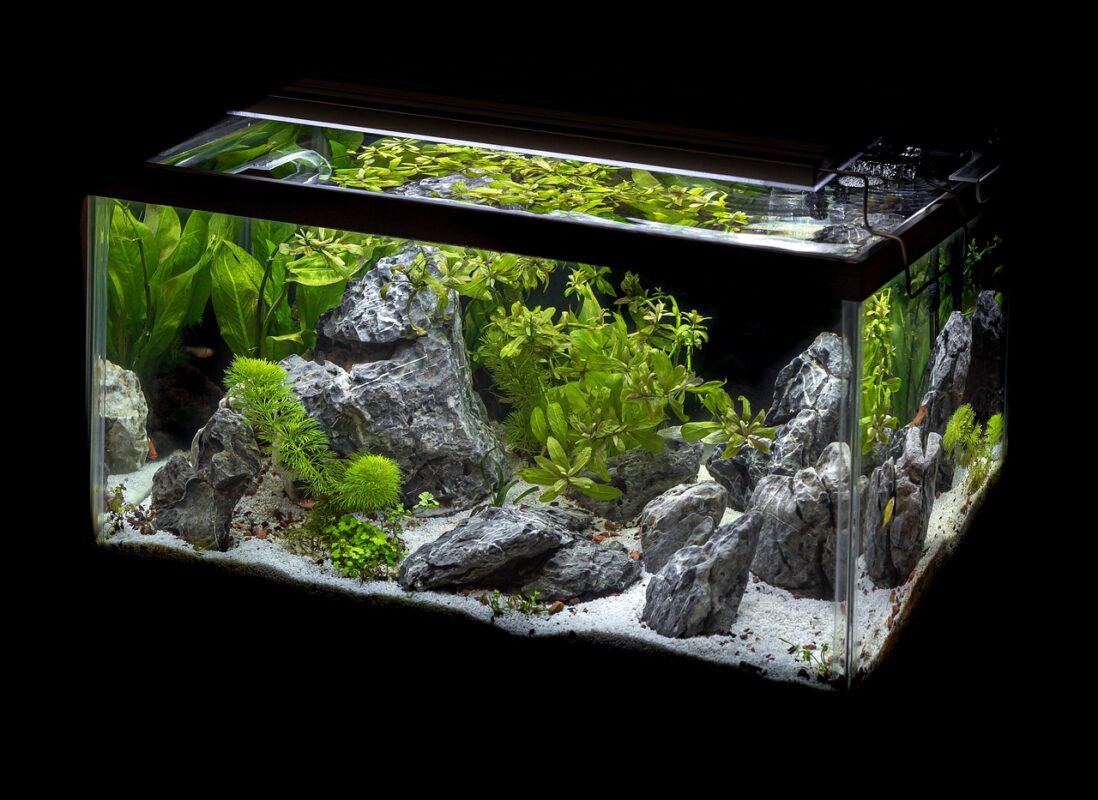
Profile photo: Huy Phan via Unsplash.

